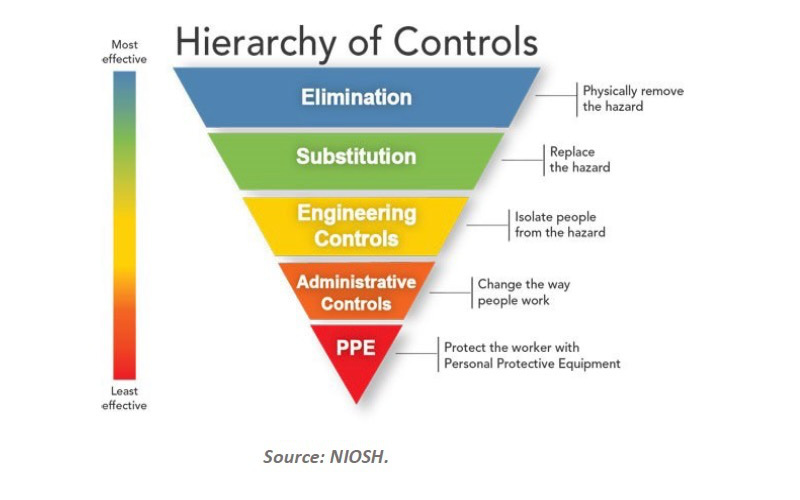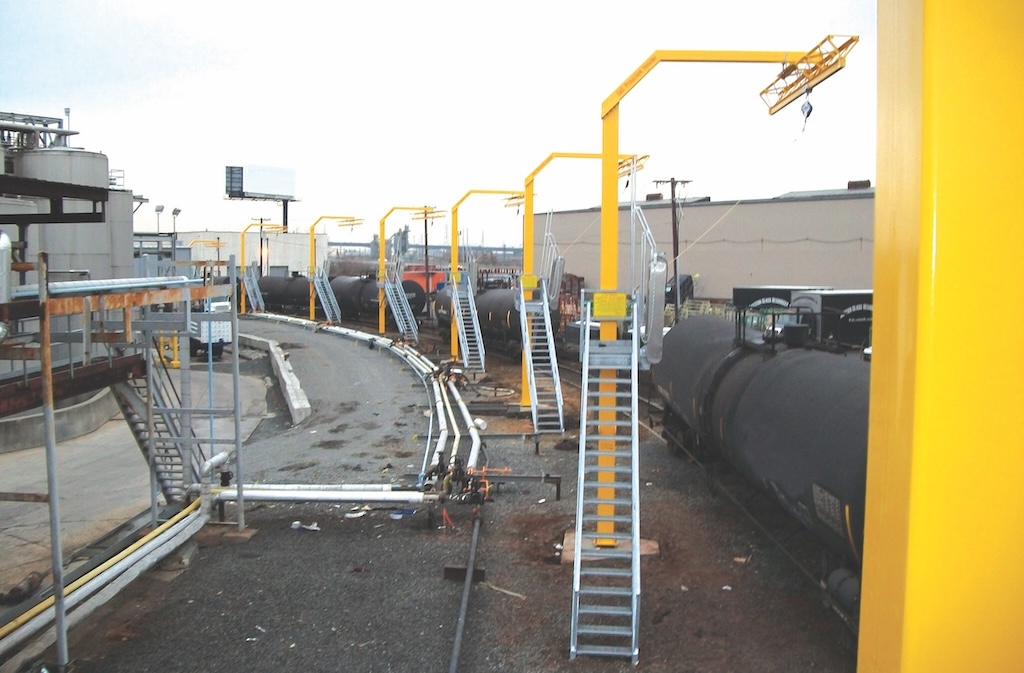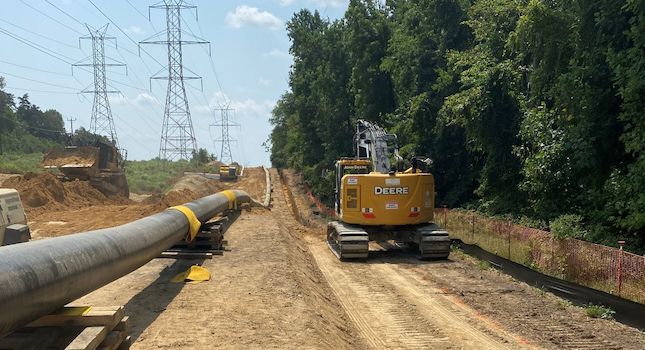Manufacturers face many challenges, such as extending the life and improving the performance of equipment to ensure high quality products and operational efficiency. It is sometimes necessary to do these things with very limited resources.
Key Concepts
- A good predictive maintenance program can prevent unexpected failures, downtime, and waste.
- Ultrasonic technology provides an efficient and cost effective method for monitoring critical equipment.
- Frequent inspection, documentation, and trending are crucial for an effective predictive maintenance program.
Manufacturers face many challenges, such as extending the life and improving the performance of equipment to ensure high quality products and operational efficiency. It is sometimes necessary to do these things with very limited resources — fewer personnel, less time, and more demands.
What is the best way to increase productivity despite these challenges? Many companies are turning to predictive maintenance (PdM). In a recent survey completed by PLANT ENGINEERING magazine, 32% of the companies stated they have a PdM program in effect and more than 40% said they are now in the process of implementing a PdM program.
Predictive maintenance goes a step beyond a preventive maintenance (PM) program. While a PM program incorporates regularly scheduled events into the maintenance program to extend the life of a component, a PdM program involves monitoring the condition of critical components in order to predict and prevent unnecessary shutdowns.
In the past, a PdM program was difficult and costly to implement. Today, there are cost effective, less complex methods available. One proven method that can be used in an effective PdM program is ultrasonic inspection.
A high-quality acoustic ultrasonic inspection instrument can be used for leak detection and condition monitoring. These instruments are lightweight, versatile, and nondestructive (Fig. 1). If fully implemented into a PdM program, they can be used to help prevent unnecessary failures and repairs.
Ultrasonic testing is performed by listening to the sound characteristics of a component and noting any changes that can provide a warning flag for pending problems and failures. Because of the unique properties of ultrasound, ultrasonic inspection offers the earliest detection and diagnosis of equipment problems.
Testing is instantaneous and accurate. A high-quality instrument allows the user to differentiate and isolate the source or cause of a problem that might not yet be detectable with other technologies and provides time for corrective action before damage or downtime occurs.
The following steps are recommended for implementing ultrasonic technology as part of a PdM program. These are general guidelines and can be altered to fit the specific operations and needs of a facility.
Familiarity with ultrasonics
Become familiar with the ultrasonic instrument that will be used for testing. Most manufacturers offer training on the fundamentals of ultrasound and use of their products. Some companies also offer a turnkey solution that includes implementation procedures.
It is important to understand the properties of ultrasound and how to diagnose equipment based on the characteristics of the ultrasound signal of each component. It is also important to know the ideal settings, attachments, and techniques for testing in various applications.
Make sure the device is appropriate for monitoring mechanical equipment. The performance and design of devices on the market vary significantly. Some are better for leak detection or other scan mode applications, while others are suitable for both scan mode (leak detection, electrical arcing, etc.) and contact mode (condition monitoring of mechanical components) (Fig. 2).
Identify critical components
Critical components are those that can shut down production when they fail or that have a history of premature failure and/or a need for frequent replacement.
To identify these components, use a CMMS program to generate a history report of past work orders or trace the history of unscheduled shutdowns to pinpoint problem areas.
To help determine if a component is critical, ask if the failure of this component would result in:
- Reduced plant safety?
- A halt or decrease in production?
- Defects in product?
- A regulatory violation?
- Adverse environmental effects?
If the answer to any of these questions is yes , then the component should be monitored on a regular basis.
Generate a list of the most critical components and assign an ID number to each component for tracking purposes. It is recommended to initially start out monitoring approximately 20 components.
Depending on the size of the organization, this number might be higher or lower. Over time, as the process becomes more natural and experience is gained with the test equipment, the number of components can be increased.
Inspection schedule
The inspection schedule can either be integrated into a current PM program, or set up as a separate process. The key is to perform inspections often — once or twice a week for optimum results. If you are using a current PM program, select a program that is performed during normal operation of the equipment.
Equipment must be operating to obtain results with ultrasonic technology. For example, choose a bearing lubrication PM that requires bearings to be rolling when lubricated. Add steps to the PM for ultrasonic inspection. If you are developing a new PdM schedule, choose a sequence of testing, as well as a frequency and designated time for testing.
Baselines
Using the ultrasonic inspection device and a compatible recording and analysis system, take an initial baseline reading of each critical component. When taking the recording, set the sensitivity and gain settings of the ultrasonic device at the lowest possible setting. These settings should be entered into the recorder. For future inspections, the same settings should be used when testing each component. Then, the results can be properly compared.
It is important to note that settings and operating conditions, such as rpm and load, should be as similar as possible during each test, because any variations can affect the reading.
Once recordings are made, replay the files and review the audio and visual characteristics of the ultrasonic signal to verify good baselines were established.
The individual establishing the baseline and performing inspections should be familiar with the equipment and should be able to determine if the recording provides a good baseline.
The manufacturer of the system should provide guidelines for determining a good baseline. Future recordings can be compared to these baseline recordings for equipment condition analysis.
Inspection and analysis
Following the steps of the inspection schedule and the predetermined settings and attachments, perform regular inspections of critical components. When first starting the program, take several (four are recommended) 20-sec.-long readings/recordings of each component. This practice ensures getting good recordings for accurate trending and analysis. As experience is gained, the number of readings per component can be reduced to one or two.
Once recordings are made, replay the files and review both the audio and visual characteristics of the ultrasonic signal to evaluate and analyze the condition of each component.
Compare the signal to the baseline and previous recordings. There are very clear differences in the sound and appearances of components in normal versus abnormal condition.
For example, a normal bearing typically produces a soft, whirring sound (Fig. 3). If a bearing is under-lubricated, there will be an increased sound of friction. The sound intensity of the bearing will increase, and it will emit an intense scraping sound. The root mean squared (RMS) value of the signal will also increase, and the height of the waveform will visibly increase.
If a bearing is damaged, intermittent pops or grating may be heard, depending on the rotation of the bearing and the degree of damage. Analysis system software will reflect a heightened crackle count, and abnormal spikes in the waveform will be visible.
Documentation
All original suspicions should be documented prior to testing. During inspection, any significant changes should be noted. Following inspection, a wave file display of each recording should be printed and filed for future reference and comparison.
Acceptable parameters should be established for each critical component. Any changes in condition that warrant special monitoring, further inspection, or repair should be filed in a separate file marked appropriately to reflect urgency. Work orders should also be generated if necessary.
Action
A PdM program serves no purpose if action is not taken once warning signs of failure become apparent. After the repair is completed, use the ultrasonic device to ensure that any new component is installed properly and the equipment is operating properly.
With a properly implemented PdM program in place, unnecessary costs may be avoided and the life expectancy of equipment extended. The upfront time invested to implement such a program will be significantly outweighed by the time saved on troubleshooting, shutdowns, and repairs, coupled with increased profit from heightened production and product quality.
In addition to using ultrasonic technology for predictive maintenance, the added benefit is versatility and diverse application opportunities. High quality ultrasonic inspection devices can also be used for trouble-shooting suspect areas, for verification of repairs and proper component installation, and for air and steam audits.
More Info:
For more information about ultrasonic technology and turnkey implementation, contact CTRL Systems at 877-287-5797. Additional resources are also available at www.ctrlsys.com , such as test techniques, FAQ’s, and multimedia clips that demonstrate the characteristics of various component conditions.



